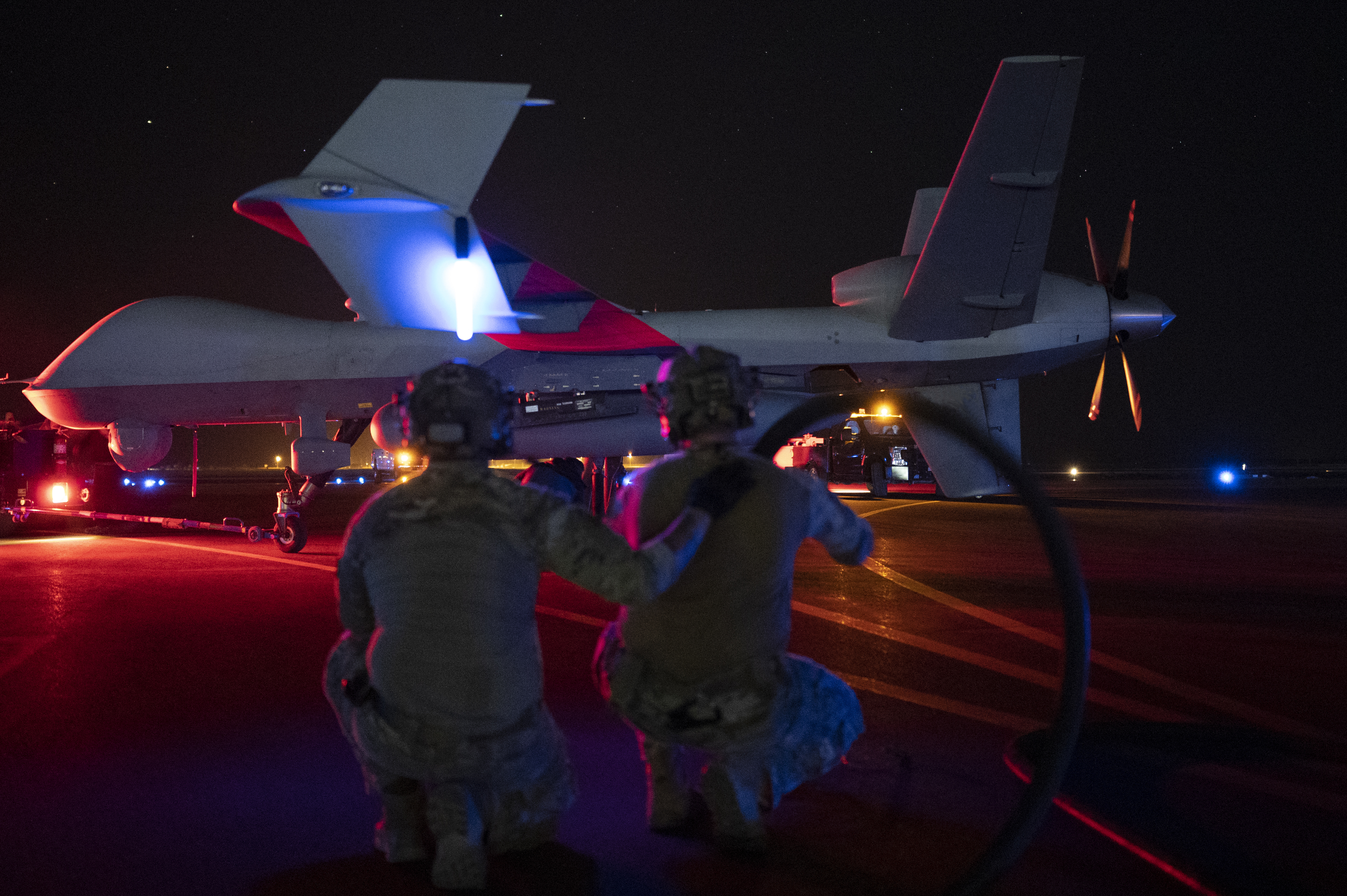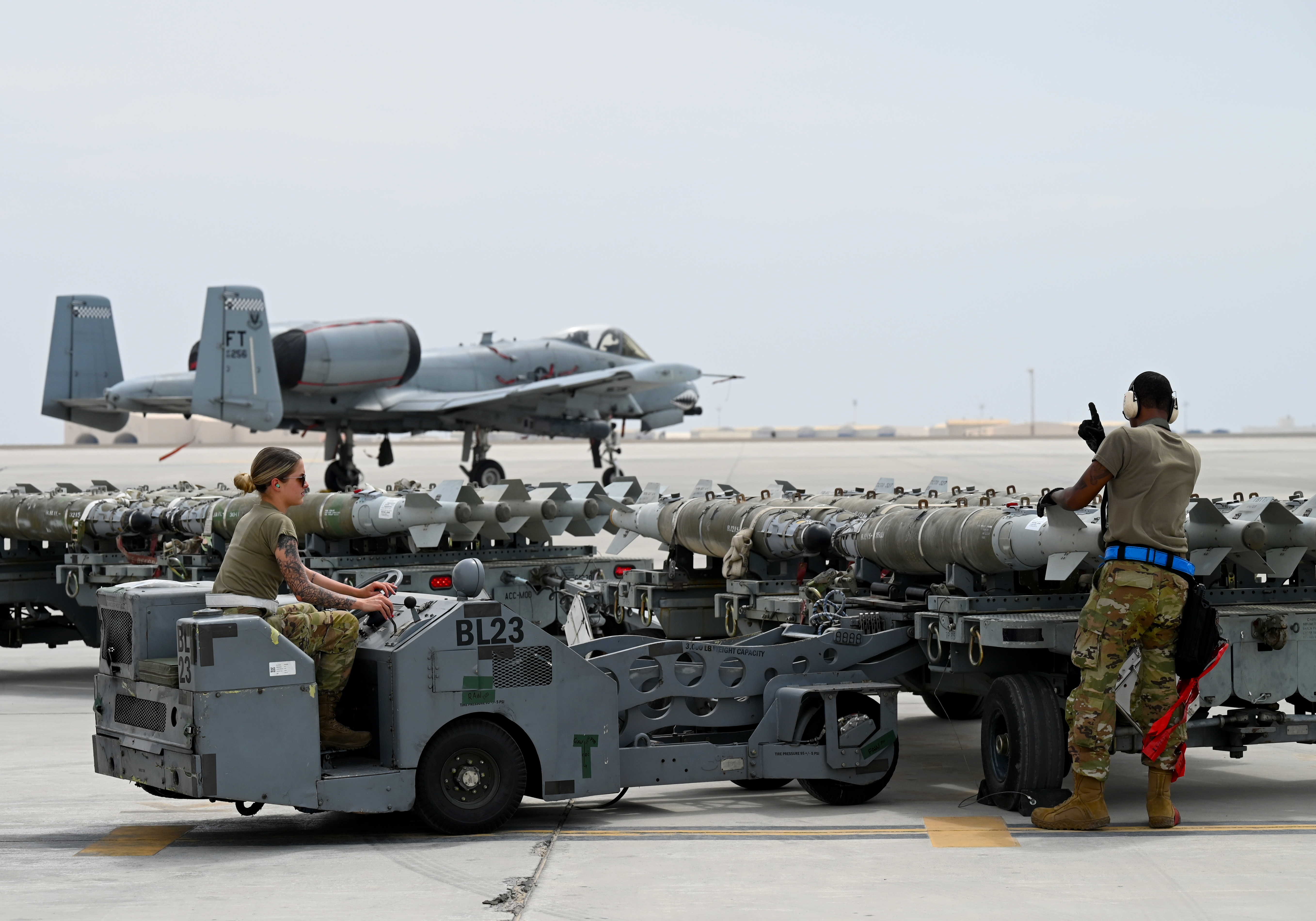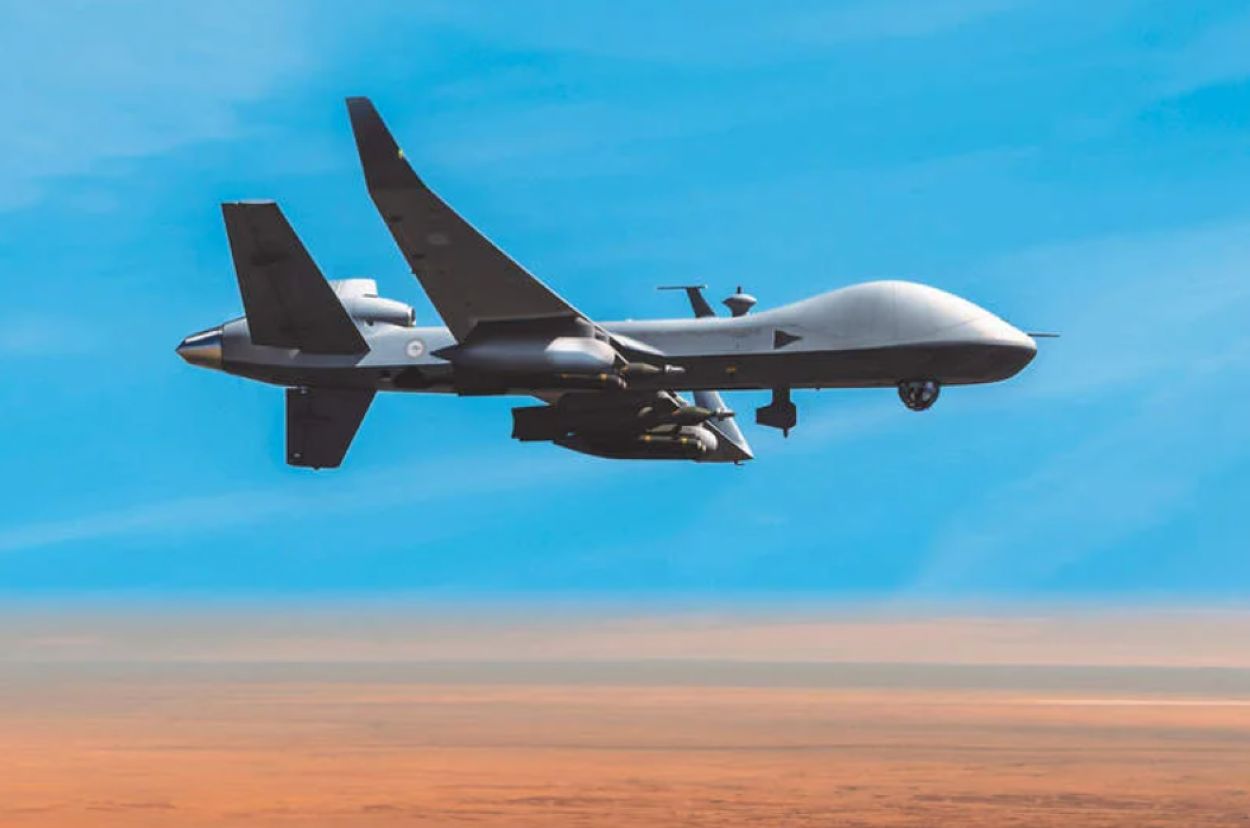In a recent revelation, a US official disclosed to Air & Space Forces Magazine that a Russian surface-to-air missile had narrowly missed striking an American MQ-9 Reaper drone in Syria last November.
However, the missile detonated only 40 feet away from the drone, damaging the aircraft. The incident highlights the escalating tensions between the two forces in the volatile region.
Although the US had already disclosed the launch of a Russian SA-22 Pantsir surface-to-air missile against their MQ-9 Reaper drone in Syria, they had not revealed the extent of the damage or the close call the drone had with the missile. The drone did manage to return to its base and land safely.
Last month, the Washington Post was the first to report on the incident, citing one of several leaked documents from the US military.
However, the latest report explained that the cause of the damage to the MQ-9 Reaper drone was the warhead of the Russian SA-22 Pantsir surface-to-air missile exploding near the aircraft.

According to US officials, the missile narrowly missed hitting the drone, passing within just a few dozen feet of the aircraft.
The MQ-9 drone, which has an impressive 36 feet long with a wingspan of 66 feet, managed to evade the missile’s deadly impact and returned to its base. The report also confirmed that no other similar missile firings at an MQ-9 over the country had occurred since the incident.
In March, another concerning incident involving a US MQ-9 Reaper drone occurred over the Black Sea. A Russian Su-27 fighter jet sprayed fuel on the drone in a series of aggressive fly-by maneuvers, forcing the US operators to crash the Reaper into the waters below.
The declassified video footage from the drone’s cameras, which the Defense Department later released, showed the confrontational maneuvers conducted by the Russian jet.
Unfortunately, due to the extensive damage sustained by the drone’s propeller, operators had no choice but to crash the drone. The incident underscores the growing tensions between Russia and the US.
Following the November incident in Syria, the report noted that American military officials reached out to their Russian counterparts using a deconfliction line maintained by the militaries of the two countries.

Russians Baiting US Jets Into Dogfights Over Syria
As tensions between Russia and the US continue to escalate, American officials previously revealed that Russian pilots are conducting aggressive maneuvers over Syrian airspace and provoking US counterparts.
A spokesperson for US Central Command recently said that Russian pilots have engaged in a pattern of increasingly aggressive behavior in the skies over Syria, including attempts to engage in dangerous “dogfight” maneuvers with US jets.
US military officials have noted that Russian pilots are not attempting to shoot down American jets. Instead, they may be trying to provoke the US and draw them into an international incident.
The US maintains a significant military presence in the country, with around 900 troops stationed in the east to support local partners in the ongoing fight against the remnants of ISIS.

On the other hand, Russian forces remain active in the country, supporting the regime of Bashar Al-Assad in its ongoing conflict against various rebel groups.
While the US and Russia have established protocols to prevent clashes between their respective aircraft in Syrian airspace, it appears that Russian warplanes have repeatedly violated this agreement.
According to Air Forces Central, there have been over 85 such incidents since March 1 alone, including more than two dozen armed overflights of US troops.
Furthermore, US officials have labeled Russian aircraft’s actions as dangerous as they have come within 500 feet of American planes, leading to concerns that Russia may be trying to provoke an international incident.

In addition to the threat from Russian forces, the US is also confronting deadly resistance from Iranian-backed militants in Syria, as seen in a recent rocket attack on a northeastern Syrian base that killed an American contractor.
Following the rocket attack on March 23, two Air Force F-15E Strike Eagles conducted a counterattack on Iranian Revolutionary Guard Corps-linked bases.
Air Forces Central supports the anti-ISIS campaign through combat air patrols and operations, including with MQ-9s. The command now has A-10s, F-16s, and F-15Es to meet its minimum fighter aircraft requirements.
- Contact the author at ashishmichel@gmail.com
- Follow EurAsian Times on Google News




